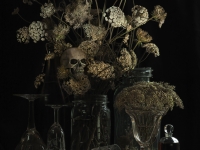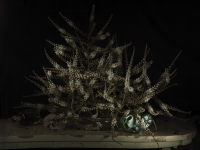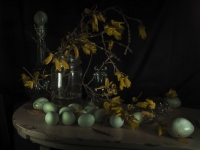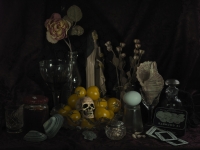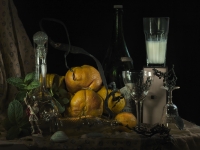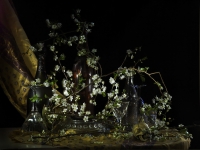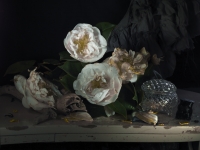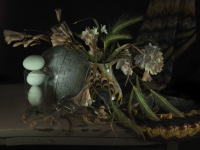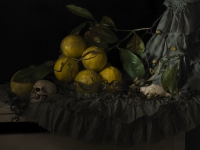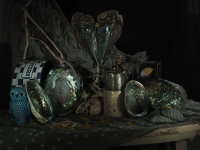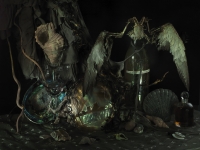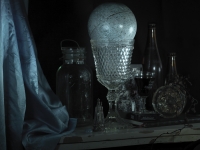 Back to Index
Back to Index
FIONA PARDINGTON — Still Lifes

|
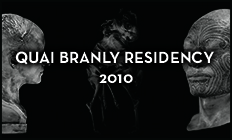
|
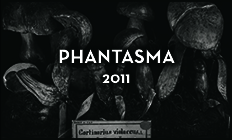
|
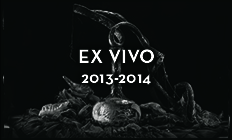
|
Still Lifes
With a clear reference to the (Dutch Golden Age) still life genre in painting, this series is a bold challenge to much of contemporary photographic practice and its preference for highly Photoshopped and stylized imagery. Pardington’s still life photography has an extraordinary painterly quality and she dedicates much of her diligent attention to meticulously arranging, lighting and capturing the objects, rather than on working the digital images in the post-shooting phase, which, though she does not discard it altogether, she does limit to an absolute minimum. Like a painter, the quality of the image-surface is of utmost importance to her and from her classical training in the time that analogue photography was widely practiced, she became a highly skilled master of fine photographic hand-printing. Today, faced with the kind of plasticized papers and synthetic substrates that the industry produces, Pardington has turned to photo-prints on canvas in the last decades. Not fully satisfied, however, and unremittingly insistent on the importance of the image surface, Pardington has embarked on a complex period of research that has led her to invent a new photographic substrate and is currently setting up an industrial studio to produce it, based in Auckland. This substrate is ground-breaking in that it allows for a remarkable amount of detail on an extremely smooth surface and retains its prime condition even after rolling the canvas.
Ultimately, the weight that Pardington awards to the photographic image-surface bears on her intense preoccupation with the immediacy and immanence of the image. Weary of the distance that a glass-covered and/or plasticized print builds in relation to the viewer, Pardington insists on maintaining a strong presence in the nature of her photographic images and by extension of the subjects depicted in them. Fundamentally, the animistic Maori tradition, furthered by the influence of Gilles Deleuze’s writings on the plane of immanence (the central concept of her doctoral thesis, ‘Towards a Kaupapa of Ancestral Power and Talk’, University of Auckland, 2013) greatly inform her particular relationship towards photography. This series’ reference to the Vanitas-genre (remember death and the meaninglessness of earthly life and transient nature of all earthly goods and pursuits, or: “Vanity of vanities; all is vanity”) hereby becomes discrete; Pardington continuously oscillates between life and death, presence and absence, or a constant tension between the two, whereby they ultimately become thoroughly porous and unopposed.
— text by Isabel de Sena


